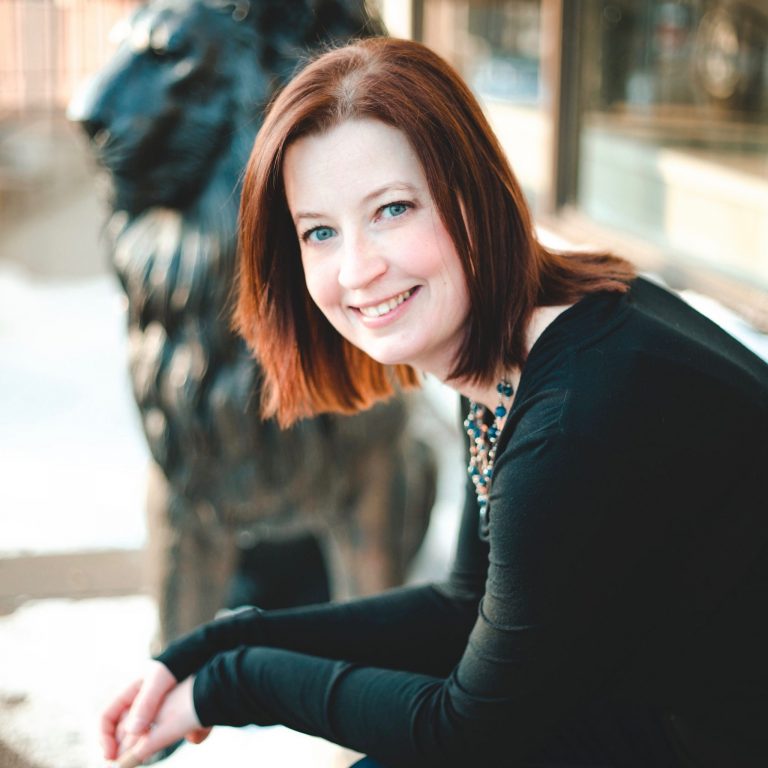Karen Babine, Ph.D., Assay
Karen Babine, Ph.D., is founding editor and editor in chief of the online journal Assay: A Journal of Nonfiction Studies. She is the author of “Water and What We Know: Following the Roots of a Northern Life” (2015).

As a writer, editor and teacher, how do the different roles in your career benefit, or conflict, with one another?
The glib answer is that they all feed each other for me. For my own writing, I tell my editor, ‘I love to be edited.’ I’m a writer who likes to have someone look at my writing and say, ‘I see this thing. Push this a little harder. Back off on this.’ You stare at something long enough, you can’t see anything in your own work.
My role as an editor is to not trample on the writer’s vision or what they plan to do with that piece, especially when it comes to the magazine. We get a significant number of pieces that are lectures. We don’t want lectures. We want written documents. I need to ask writers to revise the oral quality out of it.
What is Assay’s overall mission?
Assay’s mission is to be an open and welcoming community for all nonfiction writers across disciplines. We exercise that mission by kind and clear communication with writers; absolute respect for our submitters in our treatment and response to their manuscripts, which includes not only our respectful approach to rejection letters and the feedback they contain but also the timely return of their manuscripts; and respect for writers of all experience levels, from undergraduates through senior scholars. All are welcome in Assay’s pages. In many cases, nonfiction writers are the only ones in their departments, which can feel lonely and isolating. By having the journal online, by creating a space for pedagogy where we can share syllabi, ideas, etc., we work towards a stronger nonfiction community inside and outside academia.
Assay aims to fill a gap. So what are some of the reasons for that gap? Why has there been such a reluctance, or unwillingness, to study creative nonfiction in a traditionally academic and scholarly way?
CNF has been studied in a scholarly way in composition and rhetoric for decades, even studied to a degree in literature, but rarely. The creative writing community hasn’t studied it in this way for a few reasons I’ve determined: The first is that the M.F.A is an art degree, not a scholarly degree. While we study the work we’re reading for what it can teach us about writing, the purpose of creative writing is to create new work, not to spend our time writing on other writers’ works. My own M.F.A, though, required literature courses in one’s own genre, taught by the creative writers, in addition to workshops, that really shaped how I think about nonfiction as a whole. To write it, without studying it, seems like missing the full experience.
This lack of publication space was the main impetus for Assay’s existence. We saw the work being written without any place to publish it. We saw this work being taught without any place to discuss the pedagogy of it. We wanted to move beyond lore to create a theoretical space, simply another way to discuss the creative nonfiction we read and write.
Who are some nonfiction writers you’re currently reading?
I’m reading some eclectic stuff right now: Brian Fagan’s “Elixir,” about water and civilization (Water is a huge element in my work, and I loved his book “The Little Ice Age.”) I’m rereading Paul Gruchow’s “Boundary Waters,” as I do every summer. I’m rereading Brian Doyle because he passed away recently, and he’s on my mind. I’m in “The Wet Engine” right now — partly because I want to read him, partly because I want to see what he’s done with a short book comprised of short essays. I’ve been kicking around this idea of analyzing his use of verbs because I’ve noticed over the course of his work, he uses them in a very specific way, and interesting way, to my mind. Assaying Doyle in this way, getting down to the elements of his work, I hope will illuminate for me one of the ways that make his work so affecting. But like any essay, I don’t know the answer to the questions in my head, and so I don’t know where that piece will end up.
The easiest way to get involved in the Assay writing community is to submit something to “My Favorite Essay to Teach” or “Writers to Read” in the journal’s In the Classroom section. Further information about writing and editing opportunities can be found on their website.
— Stephen Jenemann '18 (M.A.)